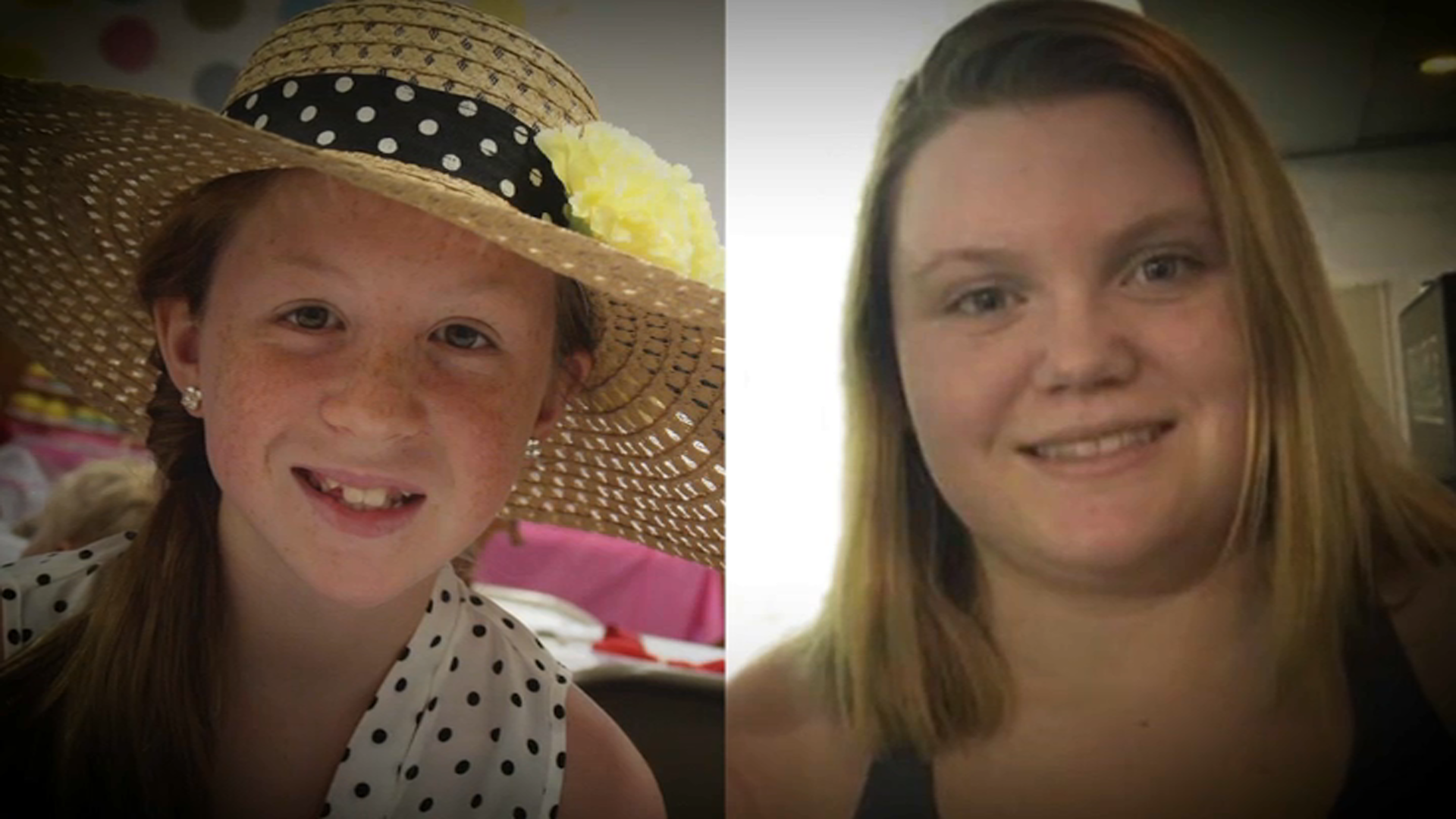A school funding reform bill was approved by an Illinois Senate committee Wednesday.
The bill, which calls for increasing funding by $120 million, was approved by the Senate Executive Committee in a 10-1 vote, sending it to the full Senate.
That tally includes six members of the committee who voted “present,” tentatively approving the measure until legislators are offered information on how the state’s school districts will be affected.
The legislation will not receive a vote on the Senate floor until these numbers are made available.
Sen. Andy Manar, who introduced the legislation, said he hasn’t received the numbers from the Illinois State Board.
“We are anxiously awaiting the details,” Manar said. “As soon as the state board has those, they will be distributed. I talked to them Tuesday and they said they’ll get them as soon as they can.”
The board released figures Tuesday showing how Gov. Bruce Rauner’s education budget will affect school districts across the state.
Local
The plan would fully fund the general state aid to schools instead of prorating it like it's been done the past seven years with the state struggling to balance its books.
The total budget for schools would be just over $10 billion for the fiscal year beginning July 1, but despite the additional support from the state, wealthy suburban school districts would see a drop in state aid.
The head of the state's largest district, Chicago Public Schools, blasted the plan as continuing a "reverse Robin Hood" education policy where poorer districts lose out. He said Chicago schools — where the vast majority of students are poor and minority — stands to lose $74 million, and noted drops in struggling districts in East St. Louis and North Chicago.
"The budget he puts forth continues to cut education funding for poor districts throughout the state of Illinois, including Chicago Public Schools, while increasing funding for wealthier districts," said CPS Chief Forrest Claypool.
Under state law, districts are supposed to get a minimum amount of state money per student. Additionally, some districts get additional funds for other things, like serving high numbers of low-income students, and make up the rest with property taxes.
Among other things, the bill would change districts' reliance on property taxes, taking local wealth more into account when distributing funds.
The plan would give more state money to school districts with large numbers of low-income students. Manar claims funding under his new plan would be based on need.
The plan would also not allow school districts to lose money during the first year of the formula change. That portion of the plan would be phased out over a four year period and would allow districts to adjust to receiving less state funding.
Senate President John Cullerton has asked for revisions to the state’s school aid formula before lawmakers approve next year’s K-12 budget.
Rauner has stressed the importance of passing an education budget. Although he supports changing the funding formula, he wants it done later so the process won’t delay the budget.
Sen. Dave Luechtefeld also fears the bill could get held up and affect a K-12 budget. In addition to this, he is not convinced that House Speaker Michael Madigan will address school funding reform this spring.
Manar, who has been working to change the state’s funding formula for three years, plans to provide CPS with $200 million to fund the district’s beleaguered pensions. Illinois currently contributes to downstate teachers’ retirement benefits, but not to CPS.
The senator’s plan also looks to cut into the disparity between the state’s best and worst-funded schools. In the state, certain districts spend up to $30,000 on a since student, while others spend only $6,000.
“Three years ago, the inequity wasn’t as bad as it is today,” Manar said. “If we don’t act, we can expect in three years it will be worse.”



